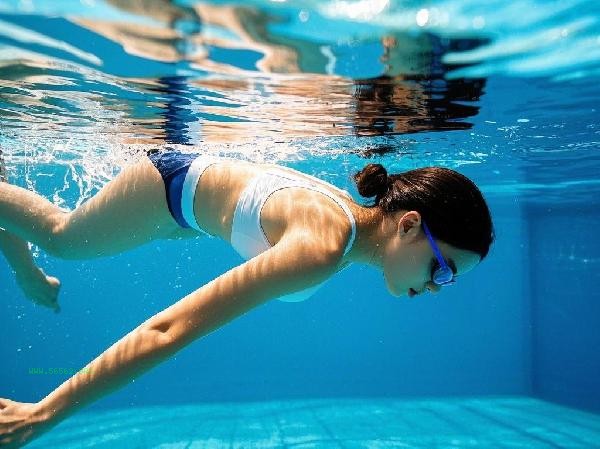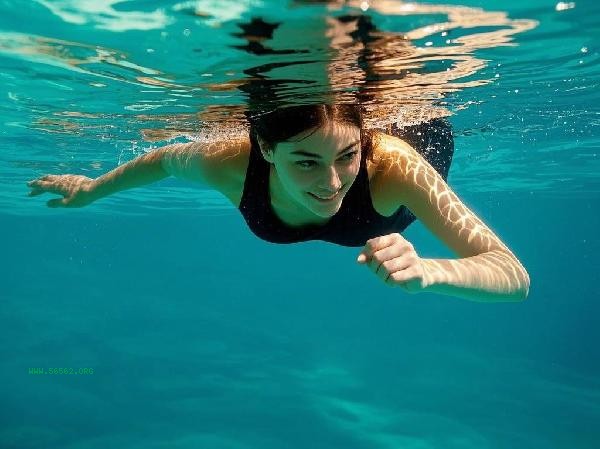The water circulation in swimming pools is mainly achieved through filtration, disinfection, and heating systems, including sand tank filtration system, ozone disinfection system, ultraviolet disinfection system, automatic dosing system, and constant temperature heating system.

1. Sand Tank Filtration System
Swimming pools commonly use quartz sand as the filtration medium. Pool water is pressurized by a water pump and enters the sand tank, where suspended solids in the water are intercepted by the quartz sand layer. The filtration accuracy can reach micrometer level, effectively removing impurities such as hair and dandruff. The sand tank needs to be backwashed regularly to remove trapped pollutants from the system. Some high-end venues will be equipped with multi-media filtration devices to further improve water clarity.
2. Ozone disinfection system
The ozone generator generates ozone gas through high-voltage discharge, which is dissolved in circulating water through a mixing device. Ozone has strong oxidizing properties and can quickly kill bacteria, viruses, and decompose organic pollutants such as urea. Its disinfection effect is several times that of chlorine agents, and it does not produce irritating chlorine odors. The system is equipped with a residual ozone elimination device to ensure the safety of the effluent.
3. Ultraviolet Disinfection System
The ultraviolet sterilizer is installed on the circulation pipeline and receives specific wavelength ultraviolet radiation when the water flows through. Ultraviolet radiation can damage the DNA structure of microorganisms and is particularly effective against pathogens such as Cryptosporidium that are difficult to kill with chlorine agents. This system belongs to the physical disinfection method and does not produce chemical by-products. It is often used in conjunction with other disinfection methods.

4. Automatic dosing system
Real time detection of residual chlorine pH and other parameters through online water quality monitoring instrument, intelligent control of pump to automatically add disinfectant acid-base regulator. This system can maintain stable water quality within the national standard range and avoid concentration fluctuations caused by manual dosing. Some systems can also automatically adjust the dosage of flocculants to improve filtration efficiency.
5. Constant temperature heating system
uses plate heat exchangers or heat pump units to heat the circulating water, and maintains a constant water temperature through temperature sensors and control systems. The heat source can come from boilers, municipal heating networks, or air source heat pumps. Some venues will recycle the waste heat from shower wastewater. The system is equipped with an automatic temperature control device, with a temperature difference controlled within plus or minus 1 degree Celsius. The modern swimming pool water circulation system requires daily monitoring of 12 indicators such as turbidity, residual chlorine, and comprehensive water quality testing every week. It is recommended that swimmers take a thorough shower before entering the pool to avoid bringing cosmetics, sweat, etc. into the pool water. Children should wear specialized swimming diapers and should not enter the pool during a cold. The venue should publicize the daily water quality testing results and regularly replace some of the pool water to maintain its freshness. Reasonably control the number of swimmers to avoid affecting the water treatment effect due to overload operation.







Comments (0)
Leave a Comment
No comments yet
Be the first to share your thoughts!